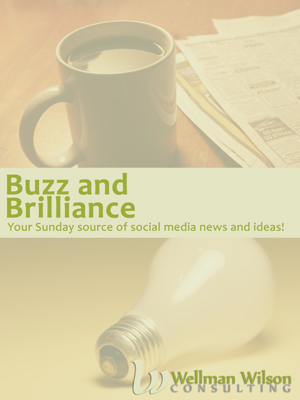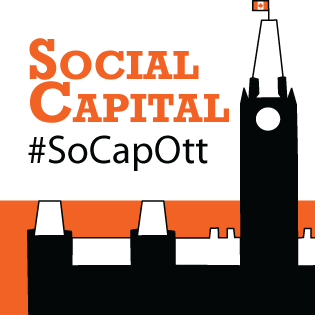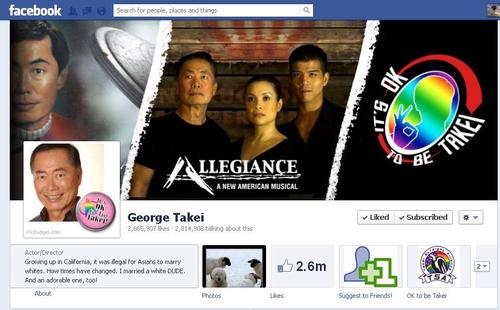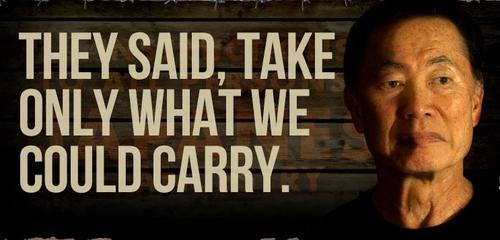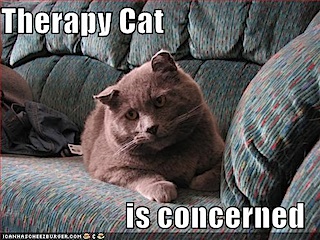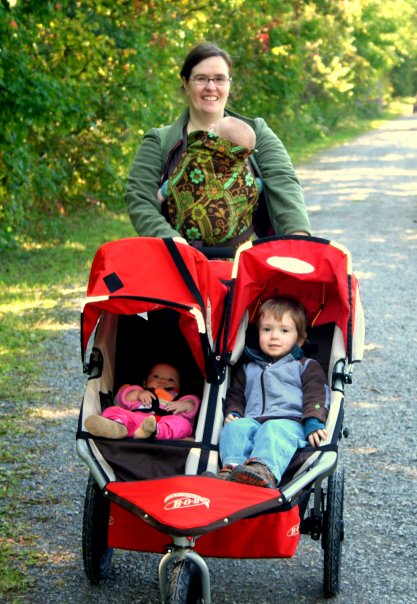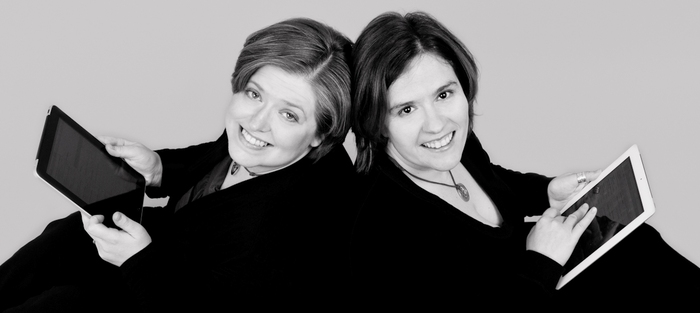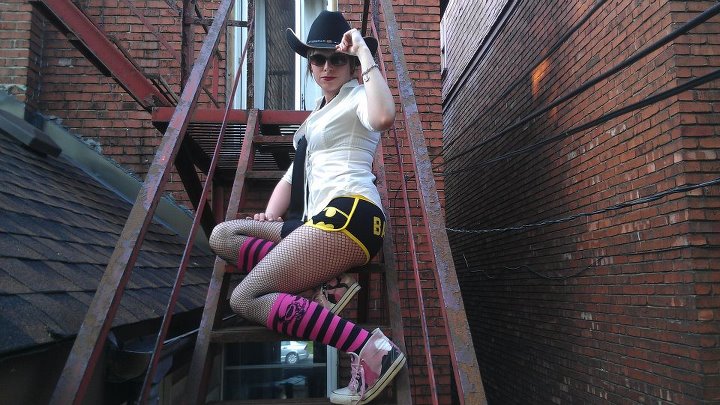Walk Off The Earth (WOTE) was one of the first bands in years to capture my attention. They play ukuleles, sing great covers, happen to be Canadian, and they’re really fun! :)
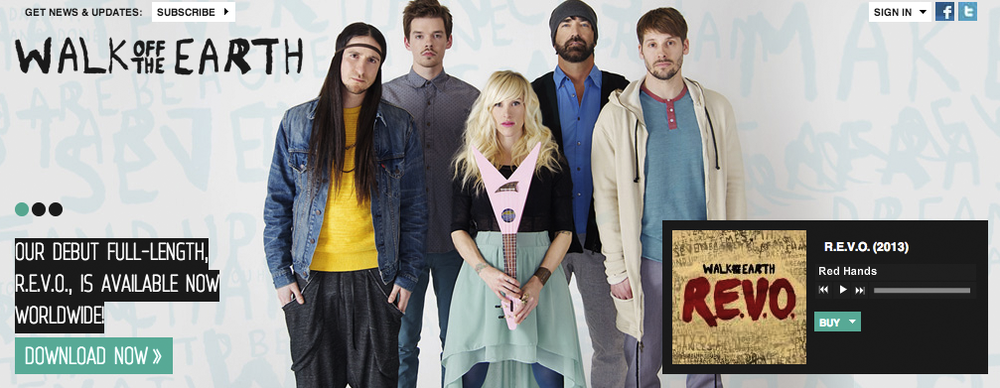
I’ve loved watching their rise to success since 2012 when a cover of Gotye’s Somebody that I used to know went (really!) viral. The band has been so smart. They knew that since they started with videos, they needed to keep creating videos, and they haven’t stopped. Even while touring, recording their album, and through one member’s pregnancy, they have continued to release amazing videos of both their original content and covers.
This past year I began noticing their work with brands. Because of the work that I do, instead of just seeing fun videos, I couldn’t help but be impressed at the companies they were working with and the fact that those companies understood the value in working with a band like them. To be really succesful with online marketing, brands needs to be innovative and not expect that the kind of marketing they did (and do) through traditional channels will be successful online. The work that WOTE has done with the following three brands is a fabulous example of understanding that.
ING Direct
The first one I noticed was for ING Direct. The band did a cover of Madonna’s song Material Girl. At the end of the video (it’s gone now because the contest is over) the band did an explanation of a contest ING was having and encouraging people to enter by submiting videos on how they like to save money. It was fun, and ING knew that doing something fun with this band (especially requests for videos) would be a great way to reach out a certain audience.
Polk
I’d never heard of Polk before this video, but Walk Off The Earth worked with them this summer to help launch a campaign they were starting called “Listen to the Music”. The campaign encourages bands to submit covers of the Doobie Brother’s song by the same name and WOTE was a great fit to start off the campaign with their own cover. The brand was able to use and promote the video in their marketing. WOTE also posted the video to their channels (which is how I saw it). The video isn’t blatantly for the brand, but the subtle product and brand placement is great advertising for Polk.
Volkswagon
The most recent partnership is with Volkswagon. Walk Off The Earth approached them, told them they loved the brand and that they’d love to create a video using one of their cars as part of their music.
Again, it’s fun, it’s different, and it’s engaging. WOTE only shared the video that they created using the car as percussion, but they actually created three different version all with different feels based on the model of the Beetle they used.
(You can see all 3 versions on the Volkswagon Canada Youtube page)
I can’t wait to keep watching what Walk Off The Earth will keep doing, and also how more and more brands will find new and different ways to use the online space to connect with their audiences. If you’re looking for a good read on how things are changing and why we all need to evolve with the times, I highly recommend Mitch Joel’s book CTRL Alt Delete.


